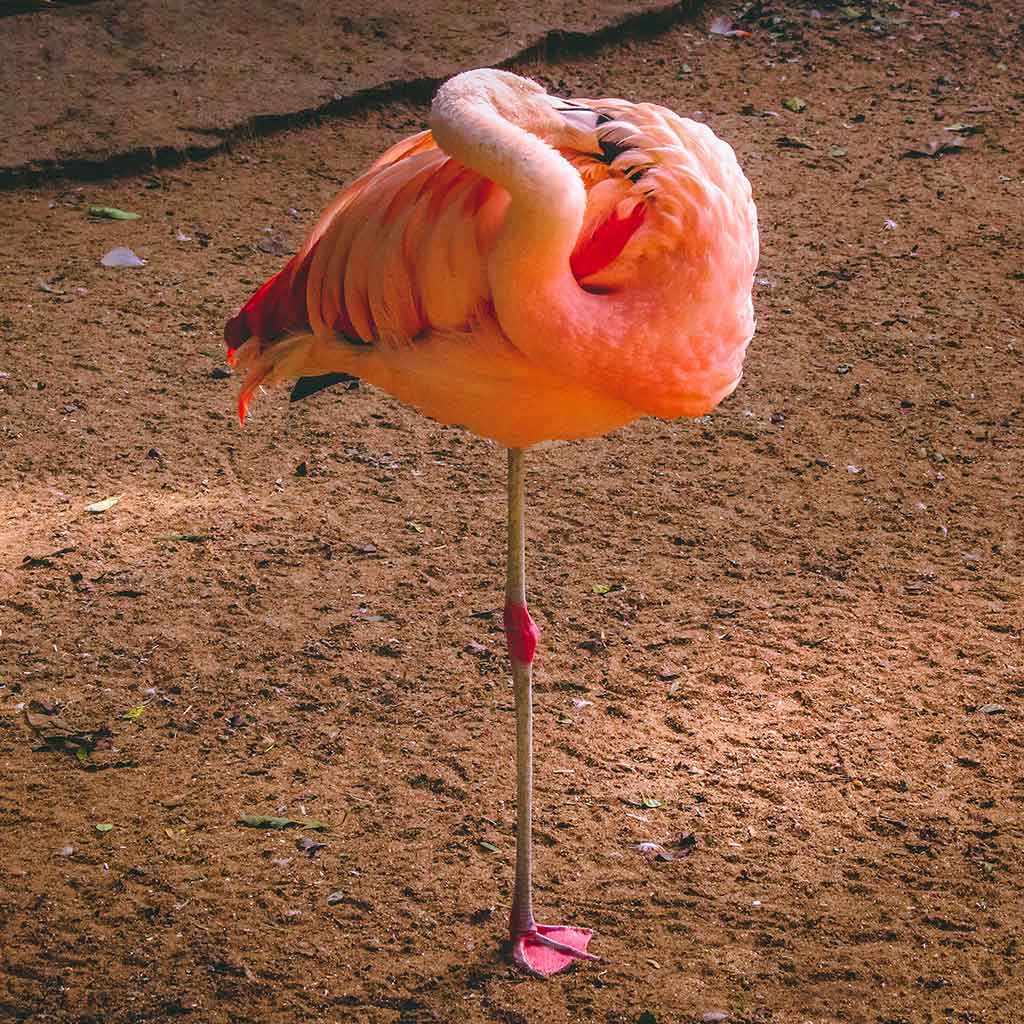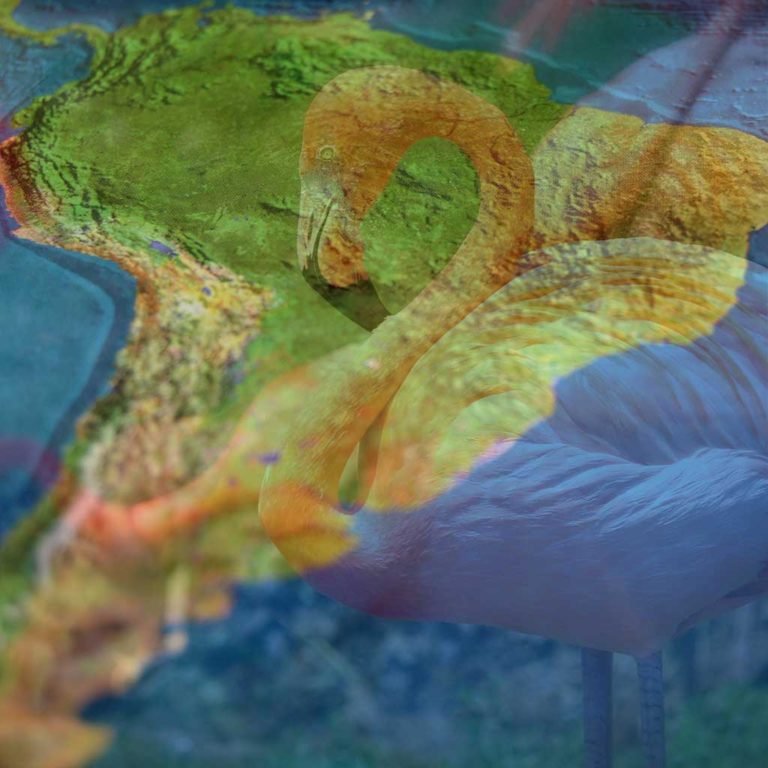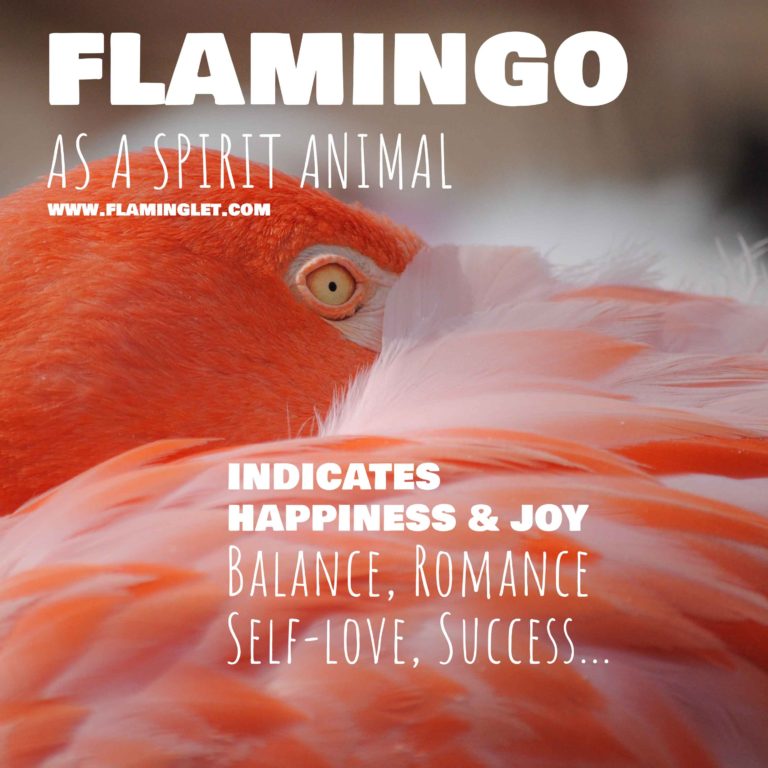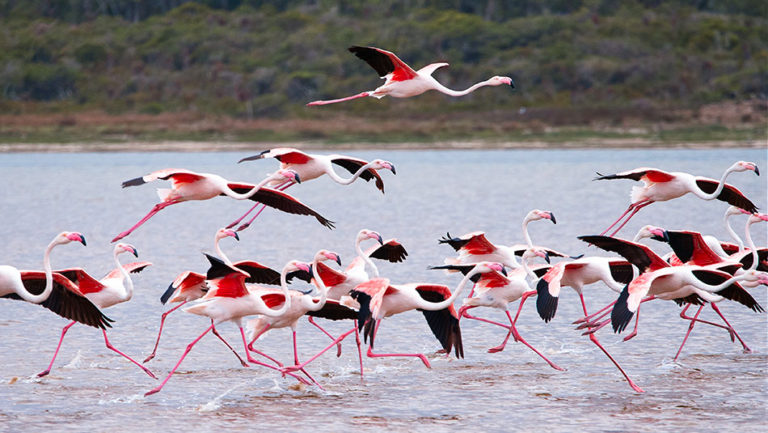Why Do Flamingos Stand On One Leg?
Flamingos are beautiful, tall, slim, and elegant pink birds, famous for their light pink colored feathers and for standing on one leg. Not only that, but flamingos can stand on one leg for a long time. Now, plenty of birds will stand on one leg, often while sleeping. But the flamings are extreme. They even do it while sleeping.
So, why flamingos stand on one leg? It appears that birds natural built into balanced anatomy allows for a one-legged stable stance. Because of their exquisite balance, they sway less to keep itself upright. By tucking in one leg in, beneath their bodies, it helps them thermo-regulate and conserve more body heat, as they are spending a significant amount of time wading in cold water. But, as flamingos also stand in warm water, other theories are explaining why they stand on one leg.
The Science Behind Flamingos
Flamingos are an ancient group of birds, dating back at least 50 million years. Today there are only five or six species. Flamingos are found throughout the world, wherever there are shallow salt pans or lagoons. They live in remote locations and extreme environments, and they move around a lot. The birds may seem to enjoy more the tropics, but they also live in the Andes, 15,000 feet above sea level, where they rest on lakes that freeze around them overnight.
Most of us, when we stand on one leg, we find it very difficult. Also, a tree pose yoga posture with closed eyes feels almost impossible. Then we observe flamingos, and as humans, we think standing on one leg is hard because it’s difficult for us. But, is it?
For many years the researches have been wondering why flamingos stand on one leg. Up to know, there have been many studies, hypothesis, and explanations. One theory which keeps reoccurring is that flamingos stand on one leg to stay warm and conserve body heat. Another argument is that when one leg is resting while other supports the body, it reduces muscle fatigue by standing on one leg. Here is what flamingo researchers.
Flamingo – Research Study
A researcher, who studied flamings, Reinhold Necker of Ruhr University in Bochum, Germany, said that regardless if easy balancing saves some energy, standing one leg may take some. In a different study by Matthew Anderson, a comparative psychologist at St. Joseph’s University in Philadelphia, based on the observation, said that flamingos rest on one leg when temperatures drop. Thus, he suggests that staying warm might have something to do with standing on one leg.
According to a study, co-led by Lena Ting, and published by Biology letters (1), flamingos may not even need to use their muscles to stand on one leg only, and it is not tiring for flamingos to stand on one leg. It might be even easier to stand on one leg than to stand on two, Lena Ting, the biomedical engineer said.
Together with her colleagues, Dr. Ting analyzed the behavior of flamingos in a zoo. They examined eight young flamingo cadavers and their joints. For the study, they used a device called a force plate, with which they measured flamingos postural sway.
Studying Flamingos, Both Alive and Dead
One way to study balance and evaluate the constant motion of the body when standing on one or two limbs (also called postural sway) is to have animals stand on a device called a force plate. Force plate measures the forces applied to the ground. The researchers tested balance in fluffy young Chilean flamingos lured onto a platform attached to a force plate instrument that measures how much they sway. They sat around and waited for the flamingos to fall asleep while standing on the plate.
Process. Right after flamingos would eat, and just about when they were about to fall asleep, researchers coaxed a baby flamingos onto a force plate, basically fancy bathroom scale, to observe and measure how it stabilizes itself while standing on one leg. The instrument tracked the slightest movement flamingos made in the foot’s center of pressure, the spot where the bird’s weight focused.
When (we) humans, close their eyes and stand on one leg, we have more postural sway. This is possible because our nervous system senses instability and then messages to muscles to tell them to contract to stabilize the body.
When it comes to flamingos, this is the opposite. When they are falling asleep, the motion and the speed is very low. They appear to use some strategy where they do rely less on muscles. So, as it lost consciousness, flamingos became more stable. Its body swayed less, and its center of gravity moved by mere millimeters.
The researchers used dead bodies, which lack active muscles, to see if muscles were necessary for this stability. Instead of flopping over, the bird stayed put even when their upper body was tilted backward and forward. If the foot was not right below the body, or if flamingo was standing on both legs, the cadaver was far less stable. Also, during the tests with dead birds, it showed that the bodies of the birds wer less stable when fastened upright on two legs instead of one.
So, without activating the muscles, the birds’ can maintain challenging (to us humans) posture and stand on one leg, for a long time. Plus, moving in and out of the one-legged stance appears to use little energy. It was found that juvenile flamingos had little postural sway as they were falling asleep while standing on one leg. When they were awake, while standing on one leg, their speed of the postural sway increased up to seven times.
Flamingo Anatomy
Our human leg anatomy would be, roughly, ankle, knee, and the hip. So, naturally, when we look at flamingos long legs, we would assume that what bends in the middle of the long flamingo let is also a knee. Wrong. It is not.
In flamingo anatomy, the hip and the knee is inside the body. What bends in the middle of the long flamingo leg is an ankle (which explains why it looks to us that flamingo’s leg joint bends the wrong way).
Flamingo’s Weight Distribution
The flamingo’s center of gravity was close to the inner knee where bones started to form the long column to the ground, making the bird remarkable stable.
Professor Young-Hui Chang, , told BBC News (2)
“If you look at the bird from the front, while they’re standing on one leg, the foot is directly beneath the body which means that their leg is angled inward. That’s the pose you have to strike in order to engage the stay mechanism … If you tilt it to the vertical, like you would if you were standing on two legs, the whole thing disengages.”
The birds do not have locking joints. Also, their joints are fixed in one direction but not the other.
The mystery of flamingos still stands, and it does not explain why they stand on one leg. But three theories are almost sure. It seems like that flamingos enjoy standing on one leg to relax. Flamingos can conserve more energy standing on one leg than two. And, their legs have a mechanism that fixes into place when their legs are straight. Meaning, they don’t expend any muscular activity once they’re in place. When flamingos stand on one leg, they become very stable. Plus they can maintain that posture without activating the muscle, thus they are able to stand on one leg with very little, if any, conscious effort involved. However, as soon as they stand on two legs and deviate from that posture, that no longer holds.



